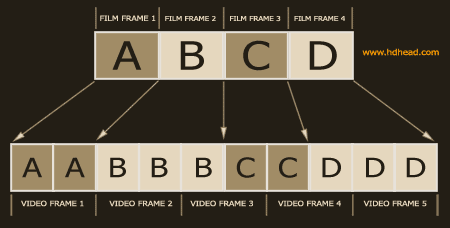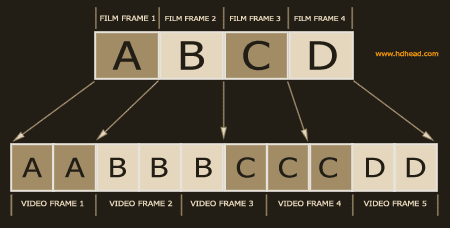Yes, but check with your network first.
Budgetary requirements may necessitate that you complete production and post production in a smaller size standard like 720p and upconvert the final delivery to 1080i or 1080p.
This can be accomplished. You can even shoot standard def and deliver high definition master but as with any upconversion there is a price to pay in terms of quality.
While most viewers will not spot the difference between a show originated in 1080 23.98p and a show shot in 720 59.94p with Varicam your network may have very specific guidelines defining the acceptable percentage of a show that is allowed to be upconverted.


